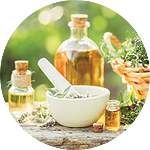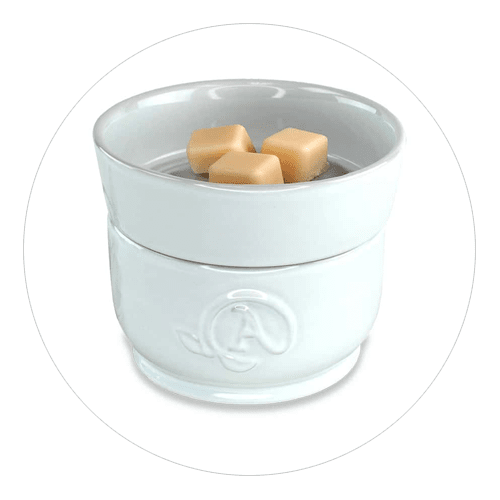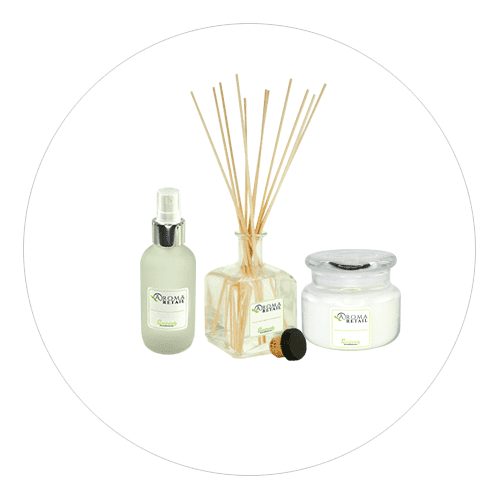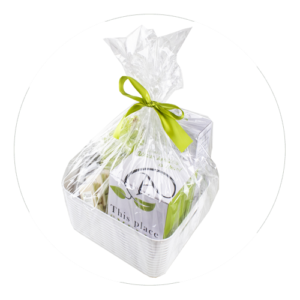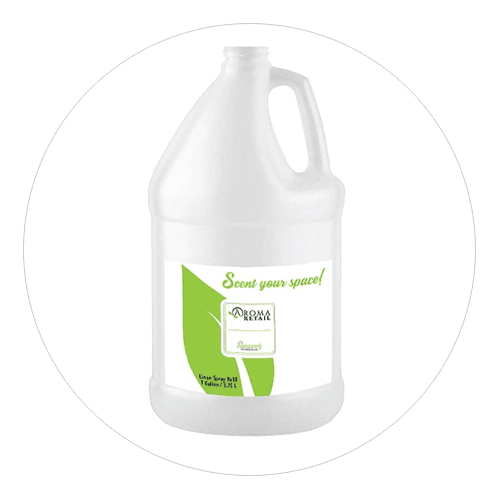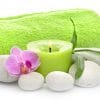Flower Shop Scent
Flower Shop Scent is a rich luxurious flower shop, complete with everything including the watery fresh greens, rose, lavender, carnation, tulip, and even the fresh potting soil. Hints of musk and eucalyptus finish this blend.
Ingredients: Rose, Carnation, Potting Soil, Greens, Eucalyptus, Lavender, Tulip, Musk
Flower Shop
Floristry is the production, commerce and trade in flowers. It encompasses flower care and handling, floral design, or flower arranging, merchandising, and display and flower delivery. Wholesale florists sell bulk flowers and related supplies to professionals in the trade. Retail florists offer fresh flowers and related products and services to consumers. The first flower shop opened in 1875.
Floristry is the production, commerce, and trade in flowers. It encompasses flower care and handling, floral design, or flower arranging, merchandising, production, display and flower delivery. Wholesale florists sell bulk flowers and related supplies to professionals in the trade. Retail florists offer fresh flowers and related products and services to consumers. The first flower shop opened in 1875.[citation needed]
Floristry concerns the cultivation of flowers as well as their arrangement, sale. Much of the raw material supplied for the floristry trade comes from the cut flowers industry. Florist shops, along with online stores, are the main flower-only outlets, but supermarkets, garden supply stores, and filling stations also sell flowers.
Floral design or floral arts is the art of creating flower arrangements in vases, bowls, baskets, or other containers, or making bouquets and compositions from cut flowers, foliages, herbs, ornamental grasses, and other plant materials. Often the terms "floral design" and "floristry" are considered synonymous. Florists are people who work with flowers and plants, generally at the retail level. Floristry differs from floristics, the study of distribution and relationships of plant species over geographic areas. Floristry also differs from horticulture, which more broadly relates to the cultivation of flowers and plants so they will remain fresh as long as possible, and would be desirable for purchase, which also involves knowledge of customers' requirements and expectations. The ability to create a variety of floral designs such as wreaths, bouquets, corsages, boutonnières/'buttonholes', permanent arrangements, and other more complicated arrangements are also important.
Education, both formal and informal, is another significant segment of the floristry industry. Established floristry designers and artists impart their craft to students interested in floral design as hobby or career. Courses are generally available through community colleges, private post-secondary vocational schools, and professional florist trade associations.









